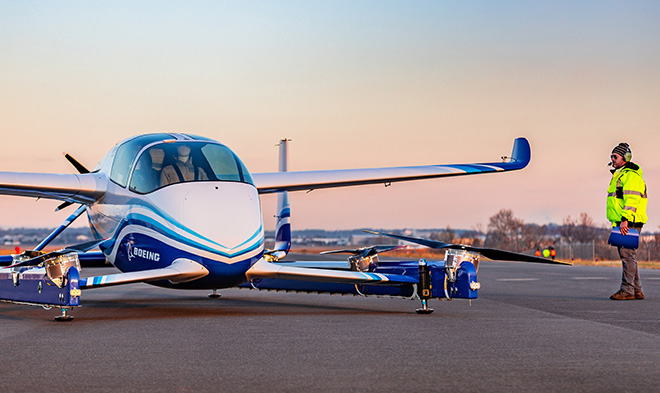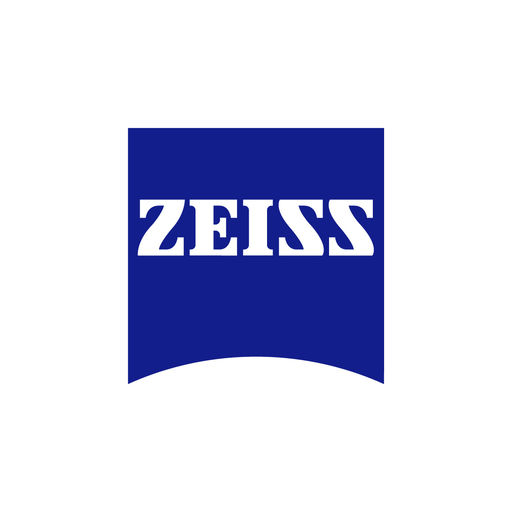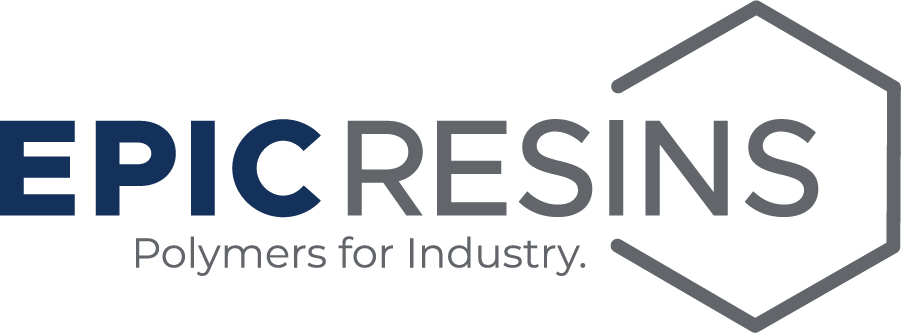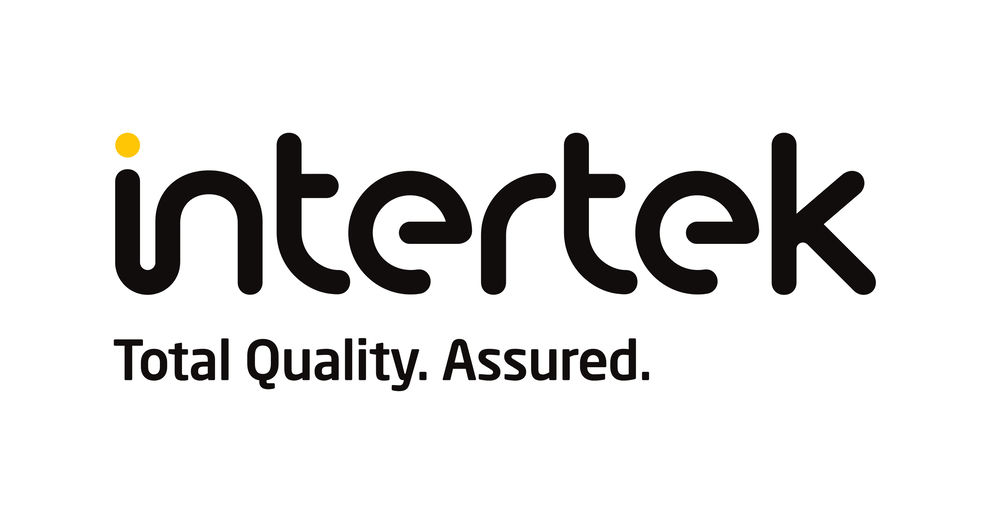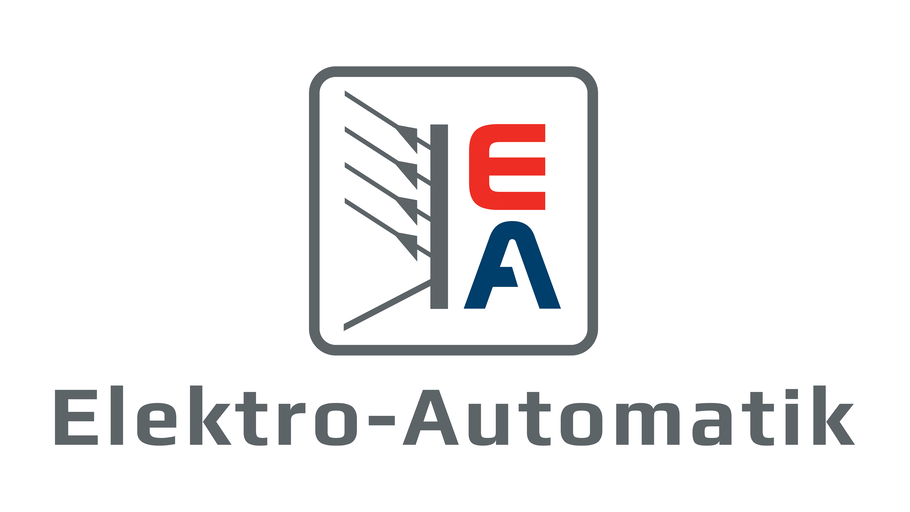Boeing has completed the first test flight of its autonomous passenger air vehicle (PAV) prototype in Manassas, Virginia.
The PAV prototype completed a controlled takeoff, hover and landing during the flight, which tested the vehicle’s autonomous functions and ground control systems. Future flights will test forward, wing-borne flight as well as the transition phase between vertical and forward-flight modes.
Powered by an electric propulsion system, the PAV prototype is designed for fully autonomous flight from takeoff to landing, and has a range of up to 50 miles. Measuring 30 feet long and 28 feet wide, its advanced airframe integrates the propulsion and wing systems to achieve efficient hover and forward flight.
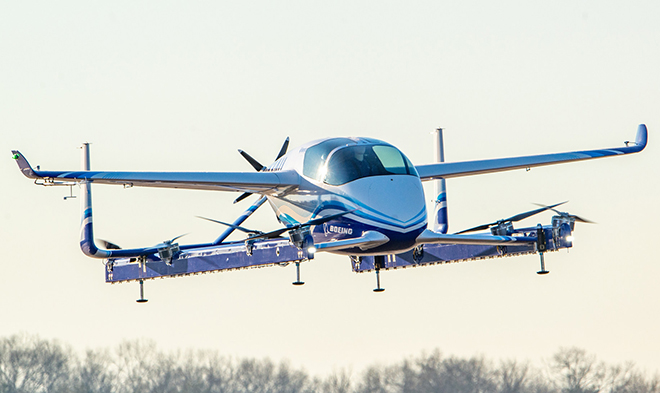

Boeing’s NeXt division, which is focused on urban air mobility, is also working on an unmanned fully electric cargo air vehicle (CAV) designed to transport up to 500 pounds. The CAV completed its first indoor flight last year and will transition to outdoor flight testing in 2019.
“In one year, we have progressed from a conceptual design to a flying prototype,” said Boeing CTO Greg Hyslop. “Boeing’s expertise and innovation have been critical in developing aviation as the world’s safest and most efficient form of transportation, and we will continue to lead with a safe, innovative and responsible approach to new mobility solutions.”
Source: Boeing




